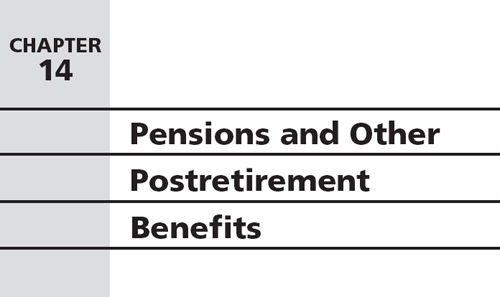
For many years, employers have been concerned with providing for the retirement needs of their workforce. This concern resulted in the adoption of pension plans on a massive scale after World War II. Generally, companies provide for pension benefits by making periodic payments to an outside funding agency. The agency then assumes responsibility for investing the pension funds and making periodic benefit payments to the recipients.
The two most commonly encountered types of pension plans are defined contribution plans and defined benefit plans. A defined contribution plan sets forth a certain amount that the employer is to contribute to the plan each period. For example, the plan may require the employer to contribute 8 percent of the employee's salary each year. However, the plan makes no promises concerning the ultimate benefits to be paid. The retirement benefits actually received by the recipients are determined by the return earned on the invested pension funds during the investment period.
The details of a defined benefit plan agreement specify the amount of pension benefits to be paid out to plan recipients in the future. For example, a company plan might promise that an employee retiring at age 65 will receive 2 percent of the average of the highest five years' salary for every year of service. An employee working for this company for 30 years will receive a pension for ...
Get Financial Accounting Theory and Analysis: Text and Cases, 11th Edition now with the O’Reilly learning platform.
O’Reilly members experience books, live events, courses curated by job role, and more from O’Reilly and nearly 200 top publishers.

